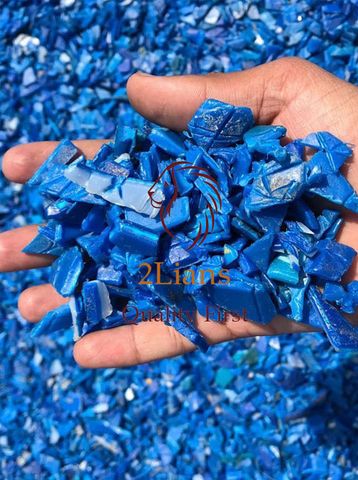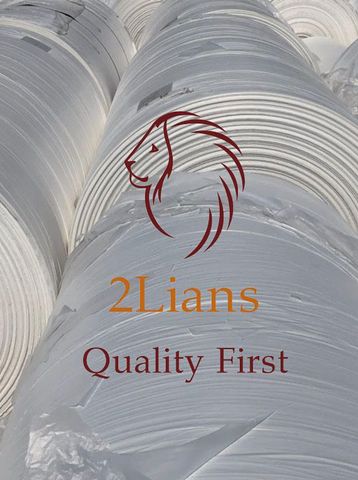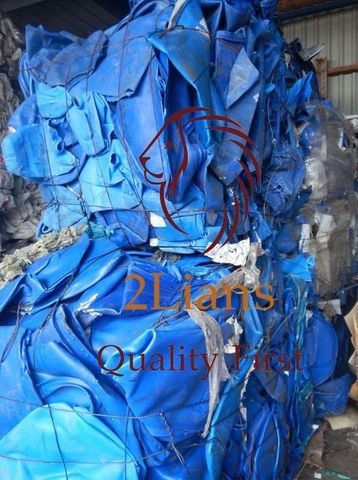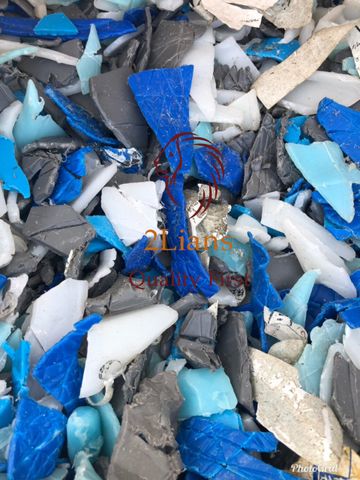0
Your cart is empty
T/T: A telegraphic transfer (T/T) is an electronic method of transferring funds utilized primarily for overseas wire transactions. Telegraphic transfers are also known as telex transfers, abbreviated T/T; T/Ts can also refer to other types of transfers.
L/C: An L/C at sight is a letter of credit (L/C) that is payable immediately – within five to ten days – after the seller meets the requirements of the letter of credit.






Density:
Bulk Density:
PP Natural Regrind
What is PP?
PP, also known as the full chemical name Polypropylene, is a product made by propylene polymerization. Compared with PE, PVC, PS, LDPE, etc., PP has the highest heat resistance. Therefore, it is widely applied in household appliances, food containers, ...
PP plastic materials are usually featured in transparent white color, not as turbid as PE plastic. In addition, it is also a colorless, odorless or toxic substance to human and animal health. Therefore, in production, it is often mixed with colorful beads to create eye-catching and attractive.
Physical properties PP Natural Regrind
PP resins have the highest heat resistance of most plastics, specifically from 130 °C to 170 °C. Meanwhile, HDPE resins can only withstand temperatures of 120 °C for a short time. And LDPE resins can only safely meet up to 95 ° C in a short time. However, in terms of flexibility, PP is somewhat inferior to PE. It is quite stiff and cannot be stretched and another drawback is its tendency to tear, not able to withstand heavy volumes. It can be said that, with only a small cut or a slight tear, the packaging from PP will quickly deteriorate.
At room temperature, the PP Film does not dissolve in organic solvents, even after prolonged exposure, but only in aromatic and chlorinated carbides. At temperatures above 80 ° C, PP begins to dissolve in the two solvents. A large crystalline polymer is more chemically stable than a small crystalline polymer. Practical PP is considered not absorbing water, dehumidification level.
High mechanical strength (tear strength and tensile strength), quite hard, strong, not as flexible as PE, not stretched so it is made into yarn. Especially likely to tear easily when there is a cut or a small puncture. Polypropylene is colorless, odorless, tasteless, non-toxic. Polypropylene burns brightly with a light blue flame, has a flexible flow, has a burning smell similar to that of rubber.
Chemical properties PP Natural Regrind
When burned, polypropylene plastic smells like rubber and often produces a blue flame. Like PE, PP plastic products are not water-repellent, as well as gas and grease when exposed. This is a chemically inert plastic and has a melting point of up to 165 ° C, which is an ideal standard compared to PE.
Chemical stability Due to the flexible H atom at C level 3, it is easy to oxidize and age. PP has no stabilizers
Under diffuse light, the properties remain stable for 2 years. -With direct light, after only a few months will be brittle and destroy immediately. PP has a stabilizer (or use 2% soot) under direct light (ultraviolet light) - after 2 years, the properties are unchanged and stable for 20 years. Resistant to sunlight.
Application of PP Natural Regrind in life
In life, PP polypropylene plastic is used to make food packaging. And especially, these single-layer boxes can be put into the microwave in a short time about 2-3 minutes. With high mechanical and chemical inertness makes PP a safe material, but the color is quite transparent so aesthetics are not high.
Polypropylene plastic Natural is also considered to be safe for health when it is used to make water bottles, bottles and baby toys. Lightweight, safe application, PP is also more expensive than other plastics.
Common types for manufacturing common items such as packaging, plastic bags, ... Block type polymerization: production of high quality items, industrial details, valves, battery covers, ... Special type: specialized for industrial products, plastic parts for motorbikes, cars, electronics, food boxes, washing machines, etc. Clear type: amorphous phases for medical packaging , food packaging, syringes, CDs, VCDs, special products for food, odorless, high gloss surface.
In general, PP plastic has both advantages and disadvantages. It is necessary to use PP plastic utensils according to the safe temperature designation to ensure that they are not exposed to toxic effects. Hopefully the information you have just provided can help you understand Polypropylene plastic better.
See more ldpe plastic